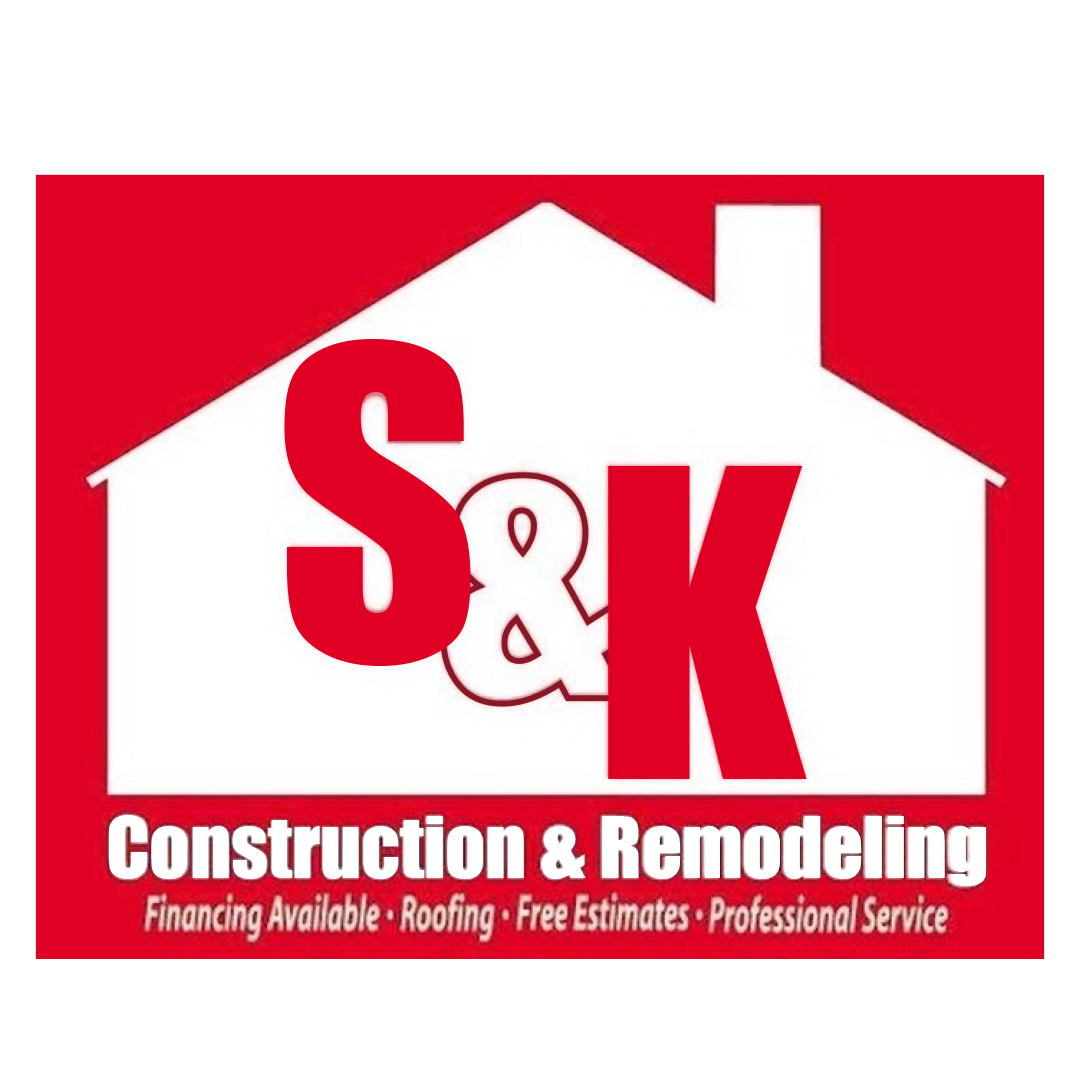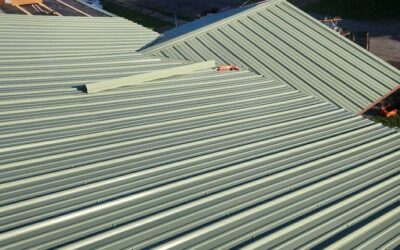Everything You Need to Know About the 5/12 Roof Pitch: A Complete Guide
When designing or replacing a roof, understanding roof pitch is crucial to achieving a structure that is both functional and aesthetically pleasing. Roof pitch impacts not only the overall look of a building but also how well it sheds water, handles snow load, and affects the choice of materials. In this comprehensive guide, we’ll dive deep into the 5/12 roof pitch, its features, advantages, and considerations, helping you decide if this is the right choice for your project.
What is Roof Pitch?
Roof pitch is the measure of a roof’s steepness or slope, expressed as the ratio of vertical rise to horizontal run. The “rise” is how much the roof climbs vertically over a set horizontal distance, and the “run” refers to the horizontal distance over which the rise occurs. Roof pitch is commonly written in a ratio format, such as 5/12, which means that for every 12 horizontal inches (run), the roof rises by 5 inches (rise).
For example, a 5/12 roof pitch means that for every 12 horizontal inches of roof length, the height rises by 5 inches. This pitch is considered moderate, offering a balance between aesthetics, functionality, and ease of construction.
Understanding Roof Pitch Measurements
Roof pitch can be measured in three common ways:
- Ratio: The ratio of rise to run, such as 5/12.
- Degrees: The angle of the roof in relation to the horizontal plane.
- Percentage: The roof’s slope expressed as a percentage, which is essentially the ratio of the rise divided by the run, multiplied by 100.
For a 5/12 pitch, the angle is approximately 22.6 degrees. This moderate angle provides a good balance between visual appeal and practicality, making it one of the most popular choices for residential homes.
Why Choose a 5/12 Roof Pitch?
There are several reasons why homeowners and builders opt for a 5/12 pitch when constructing a roof:
1. Aesthetic Appeal
A 5/12 roof pitch offers a visually pleasing look that suits a variety of architectural styles, especially traditional and colonial designs. It is steep enough to create visual interest but not so steep that it overwhelms the structure of the house. This pitch is perfect for homeowners looking to achieve a timeless, classic appearance while maintaining a balanced roofline.
2. Optimal Water Drainage
The moderate pitch of a 5/12 roof allows for efficient water drainage. Rainwater or melting snow can easily run off, preventing water from pooling on the roof, which could lead to leaks or damage over time. This makes the 5/12 pitch a good choice in areas that experience moderate rainfall or snow.
3. Snow Shedding
In regions that experience significant snowfall, the 5/12 pitch provides a good balance between shedding snow and preventing excessive accumulation. Snow tends to slide off the roof more efficiently with this pitch, reducing the risk of snow load damage. It’s steep enough to prevent snow from building up but not so steep that it leads to fast-moving snow that might cause damage to the surrounding areas.
4. Roofing Material Flexibility
A 5/12 roof pitch is compatible with various roofing materials, including asphalt shingles, metal roofing, clay tiles, and more. The versatility in material choices makes this roof pitch ideal for different climates, budgets, and aesthetics.
5. Easier Construction and Lower Costs
A 5/12 pitch offers a manageable slope that is easier to construct than steeper pitches. Builders don’t need to employ the additional structural reinforcements required for extremely steep roofs, which can lower construction costs. Additionally, the moderate pitch reduces the risk of roofing material wear, extending the roof’s lifespan.
Considerations for a 5/12 Roof Pitch
While the 5/12 roof pitch offers several benefits, there are a few things to keep in mind before deciding if it’s the right choice for your home or building project.
1. Limited Attic Space
With a 5/12 pitch, the roof angle is steep enough to provide some usable attic space, but not as much as steeper pitches like 8/12 or 12/12. If you’re looking to convert your attic into a living space or need extra headroom, this pitch may not provide as much space as you might want. However, it can still be used for storage or other light use.
2. Wind Resistance
A 5/12 pitch is generally stable and resistant to wind uplift, but in areas with extremely high winds (such as coastal regions), a steeper roof pitch may offer more aerodynamic advantages. Homes in these areas may benefit from a higher roof pitch to better handle wind loads.
3. Limited Design Options for Very Steep Roofs
If your goal is to have a highly dramatic roof or to create a particularly steep architectural style, the 5/12 pitch may not deliver the desired effect. For more dramatic or high-pitched designs, you may need to consider a 6/12 or higher roof pitch.
How Does a 5/12 Roof Pitch Compare to Other Roof Pitches?
5/12 vs. 4/12 Roof Pitch
A 4/12 pitch is slightly less steep than a 5/12 pitch and offers a more gradual slope. While a 4/12 roof can still be efficient in terms of water drainage, it might not shed snow as well as a 5/12 roof, and it may have a slightly more subdued appearance. The 5/12 pitch is a more balanced option, offering a higher rise for better water runoff without the extreme steepness of higher-pitch roofs.
5/12 vs. 6/12 Roof Pitch
A 6/12 roof pitch has a steeper slope than a 5/12 pitch, making it more suitable for homes in regions with heavy snowfall or where more attic space is desired. The 6/12 pitch will also provide more dramatic aesthetics, creating a taller and more pronounced roofline. However, the construction of a 6/12 roof is typically more costly due to the additional structural reinforcements needed to support the steeper angle.
5/12 vs. 12/12 Roof Pitch
A 12/12 pitch is much steeper than the 5/12 pitch, providing a more pronounced roofline that is commonly seen in traditional, steep-roofed homes. While this roof style looks more dramatic, it’s also more expensive to build due to the additional materials and labor involved. Moreover, steeper roofs like the 12/12 pitch are more prone to wind uplift and may require extra reinforcement. However, a 12/12 pitch does offer excellent water drainage and snow shedding capabilities.
Choosing the Right Roofing Materials for a 5/12 Roof Pitch
A 5/12 pitch is versatile enough to accommodate a wide variety of roofing materials. Here are a few popular options:
Asphalt Shingles
Asphalt shingles are one of the most common materials for a 5/12 roof pitch. They are cost-effective, easy to install, and available in a wide range of colors and styles. Asphalt shingles are well-suited for moderate roof pitches and can provide lasting protection against weather elements.
Metal Roofing
Metal roofing is another excellent option for a 5/12 roof pitch. It offers superior durability, longevity, and energy efficiency. Metal roofs shed water and snow efficiently, making them ideal for regions with cold or wet climates. Additionally, metal roofs come in various styles, including standing seam and corrugated panels.
Clay or Concrete Tiles
Clay and concrete tiles are durable, long-lasting materials that are perfect for traditional architectural styles. They are often used on Mediterranean, Spanish, and Southwestern homes with moderate slopes like a 5/12 pitch. These materials are also fire-resistant and energy-efficient.
Wood Shingles or Shakes
Wood shingles and shakes can create a rustic, natural look for your roof. These materials are best suited for homes in areas with moderate climates and are not ideal for areas with heavy snow or rain. However, they offer excellent aesthetic appeal and are an eco-friendly option for roofing.
Cost of a 5/12 Roof Pitch
The cost of constructing a roof with a 5/12 pitch depends on several factors, including the roofing material, labor costs, and the complexity of the project. Generally speaking, a 5/12 roof pitch will cost less than steeper pitches because it requires fewer structural reinforcements and less labor to install.
Estimated costs:
- Asphalt shingles: $3 to $5 per square foot
- Metal roofing: $7 to $12 per square foot
- Clay tiles: $10 to $15 per square foot
- Wood shingles: $6 to $9 per square foot
These prices can vary significantly depending on your location, the complexity of the roof design, and the materials chosen.
Conclusion
A 5/12 roof pitch strikes a perfect balance between aesthetic appeal, functionality, and cost. It offers a moderate slope that provides efficient water drainage, effective snow shedding, and a timeless appearance that complements a variety of architectural styles. Whether you are building a new home or replacing an old roof, the 5/12 pitch is a great option to consider, offering both practical benefits and visual appeal.
Ultimately, the decision to choose a 5/12 roof pitch should be based on your specific needs, climate conditions, and the design of your home. Be sure to consult with a roofing professional to ensure that you select the right materials and construction techniques to maximize the longevity and performance of your roof.
 (440) 307-2060
(440) 307-2060

